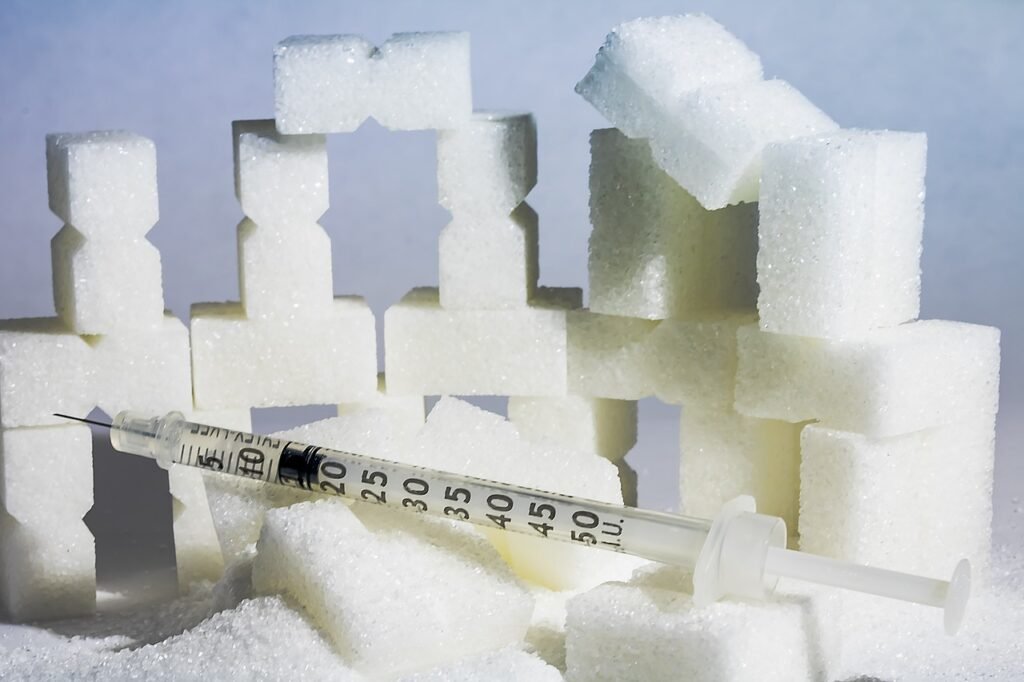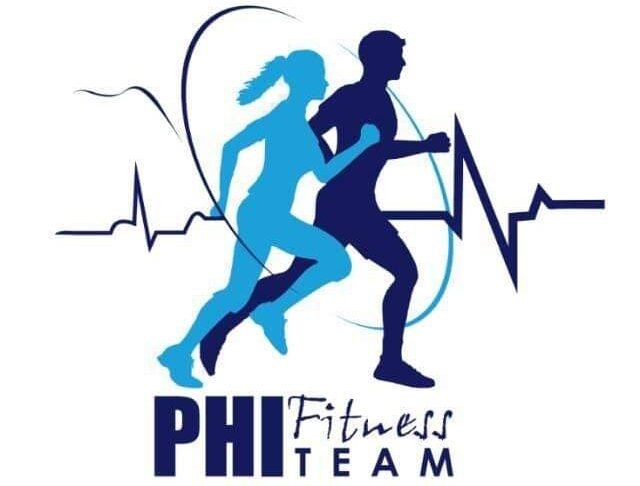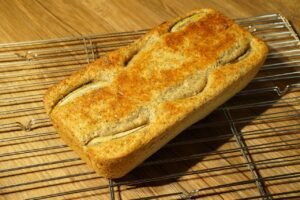Diabetes is a metabolic disease that interferes with the body’s management of sugar.
As sugar is the body’s main fuel ⛽⛽⛽, this is a serious matter with wide ranging effects on every body system.
ITS IMPORTANT TO UNDERSTAND THE PLACE OF SUGAR IN HOW OUR BODIES FUNCTION:

Sugar is our body’s main fuel ⛽⛽⛽, the main source of energy for all our voluntary conscious activities and for all the complex and continuous metabolic (vegetative) activities that go on in our tissues without our control, to keep us alive.
All the food we eat is broken down in the digestive system into tiny components that can be absorbed into the bloodstream for transport to wherever they are needed.
Carbohydrates – sugars and starches – are the main energy foods and these are broken down to simple sugars, mainly glucose, which enter the bloodstream and are transported throughout the body to supply every cell with the fuel ⛽⛽⛽ it needs.
Once the sugar is in the cell, it is processed with oxygen to produce energy, either for immediate use or to be stored later. Short-term stores are found in the muscles and liver, while long-term stores are found in our fat cells.
The hormone insulin which is produced by the pancreas, is essential to this process because it’s the key 🗝️🔐🗝️🔐🗝️🔐🗝️ that opens the cells to let the sugar molecules in.
The sugar can only be used inside the cells. As the blood sugar levels rise after a meal, the pancreas automatically releases insulin into the bloodstream, which takes it to every cell in the body to do its vital task of letting the sugar in, and there is no way the sugar can get in without it.
If there’s no insulin, or if the insulin can’t unlock 🔓🔓🔓🔓 the cells, the blood sugar level rises, and now the body has two very serious problems to cope with: no energy because the sugar can’t be used, while the unused sugar builds up in the blood.
The body tries desperately to reduce the sugar level and at the same time find alternative sources of energy, but unfortunately it’s unable to solve these problems without causing serious damage of many kinds.
This is why insulin is an absolutely key 🗝️🔐🗝️🔐🗝️🔐 player in both type 1 diabetes, where there is no insulin, and type 2 diabetes, where the cells are so full of sugar that the insulin can’t open them.
The next thing to understand is that there are two major types of diabetes.

Though they have similarities, they are two different diseases. Type 1 begins as an acute and very serious illness, most often in children or young people. Their pancreas fail to produce insulin and they need regular insulin injections to stay alive. This is also called insulin dependent diabetes and accounts for 10% of diabetes cases.
Much more common -90% of cases-is type 2, or non-insulin dependent diabetes, which is related to diet and lifestyle and usually develops gradually over many years.
The rich, high fat, high sugar Western diet, and the inactive Western lifestyle, are the chief culprits.
This used to be known as ‘maturity onset diabetes ‘, but not anymore, because over the past few decades, as calorie intake has increased and physical activity has decreased, type 2 diabetes is now occurring in teenagers and even children.
As either type of diabetes progresses, serious complications develop – heart 🫀🫀🫀 and arterial disease, kidney failure and blindness. Medical treatment can slow their development and early interventions can reduce and postpone some of the worst effects, but it does not cure. The aim is to manage the disease and reduce its effects.
Type 2 diabetes develops as the body tries to cope with excess weight and all the disruptive effects of too many calories and not enough exercise. At the cellular level, the cells are so full of sugar that they just can’t take any more. They refuse to let the insulin key 🗝️🔐🗝️🔐🗝️ unlock them, so the sugar stays outside and builds up in the blood.
As the sugar builds up in the blood, it gets in the way of all the normal processes, and makes everything less efficient.
Meanwhile, the body is taking every possible measure to get rid of this sugar. One such is to try to get rid of it through the kidneys by passing it out in the urine. This calls for extra water 💦💦💦, so there’s thirst and increased urination.
Then the sugar gets put in every possible place outside the cell, clogging up the circulation and interfering with all the delicate body processes.
The real answer to type 2 diabetes is a program to halt and then to reverse the disease process.
As type 2 diabetes is caused mainly by too much of the wrong kind of food and too little exercise, regular exercise and right amounts of the right kind of food -low-calorie, low sugar, low-fat, wholesome, unrefined plant food- can start the healing process.
Other factors like abstinence from poisons, a regular daily exercise programme, and a cheerful, thankful mental attitude are important too.
Type 1 patients will benefit from such a programme as well. They won’t be able to restore their lost insulin production so they won’t be able to 🛑🛑🛑 stop 🛑🛑🛑 their 💉💉💉💉 injections, or escape their need for medical supervision, but their diabetes will become easier to control, complications will be less severe, their general health will improve and they will be more in control of their lives.
A LIFESTYLE PROGRAMME TO HELP ALL PEOPLE WITH DIABETES:

Prevention is better than cure.
Type 2 diabetes is one of the most preventable conditions. As it’s known to be a lifestyle related disease, particularly related to obesity, The healthy lifestyle habits that prevent or control obesity are the ones that can prevent type 2 diabetes and even start to reverse the disease process.
Although, as yet, it’s not known how to prevent type 1 diabetes, the same healthy lifestyle features can help to prevent or at least postpone many of the complications. They won’t be able to restore the lost insulin production , so patients won’t be able to 🛑🛑🛑 stop 🛑🛑🛑 💉💉💉💉 injections, or escape all medical supervision, but their diabetes will become easier to control, complications will be less severe, their general health will improve and they will be more in control of their lives.
For many this will call for a complete change of lifestyle; for others, it will mean some simple dietary changes and increased exercise to normalise their weight.
Right eating
The low-calorie, low-sugar, low-fat, whole, unrefined plant food-diet is the answer.

To reverse the disease process it is necessary to eat only as many calories as the body requires and to ensure that those calories come from 100%-nutritious food that contains all the micronutrients needed for restoring and healing the damaged tissues.
This is the diet based on unrefined starches (whole-wheat bread 🍞🍞🍞 and other unrefined cereal 🥣🥣🥣 products), vegetables🥦, fruits 🍋, nuts 🥜 and seeds (beans 🫘, lentils 🫛 and so on).
The diet to control weight and to lower blood sugar is the same diet for lowering blood pressure and blood cholesterol and reversing heart 🫀🫀🫀 disease.
Meal timing is important too, as it is best to eat at regular times and with the main meals at the times when energy is needed for the day’s activities. This usually means a big breakfast and lunch and a light evening meal.
Exercise: the right amount of exercise for most can be as simple as a half-hour brisk walk twice a day, or less.
Other lifestyle factors like abstinence from poisons are important. Tobacco 🚬🚭🚬🚭🚬🚭 is particularly undesirable because it causes arteries to constrict.
When the arteries are already damaged this can literally make all the difference between life and death ☠️💀☠️💀☠️💀, and alcohol, being a source of many empty calories, should be avoided.

A regular daily program and a cheerful, thankful mental attitude are very important too.
What about those already on medication?
Even those with advanced disease can benefit from lifestyle changes, but should discuss their plans with their medical advisers and should not reduce their medication without discussing it with them.
WHEN TO SEEK MEDICAL HELP
- Type 1 diabetes often presents itself as an acute medical emergency 🦺🦺🦺🛟🛟🛟, especially in a 🚸🚸🚸 child 🚸🚸🚸. It develops over a few weeks at most. Symptoms soon become very obvious (weakness, excessive thirst and urination, and weight loss), and often the patient is so ill that you would seek medical help anyway, whatever the symptoms. So get help at once!
- Type 2 diabetes is quite the opposite. The symptoms are often so mild and vague that it’s usually diagnosed on a routine blood test, or in the course of another health problem. Suspicious symptoms, especially in older overweight and obese people, include thirst and excessive urination; skin infections in genital areas and skin folds; and general weakness and feeling unwell. See your doctor 💊💉💊💉🏥🏥 and ask for a blood test.
- @HEALTHYBYNATURE.


